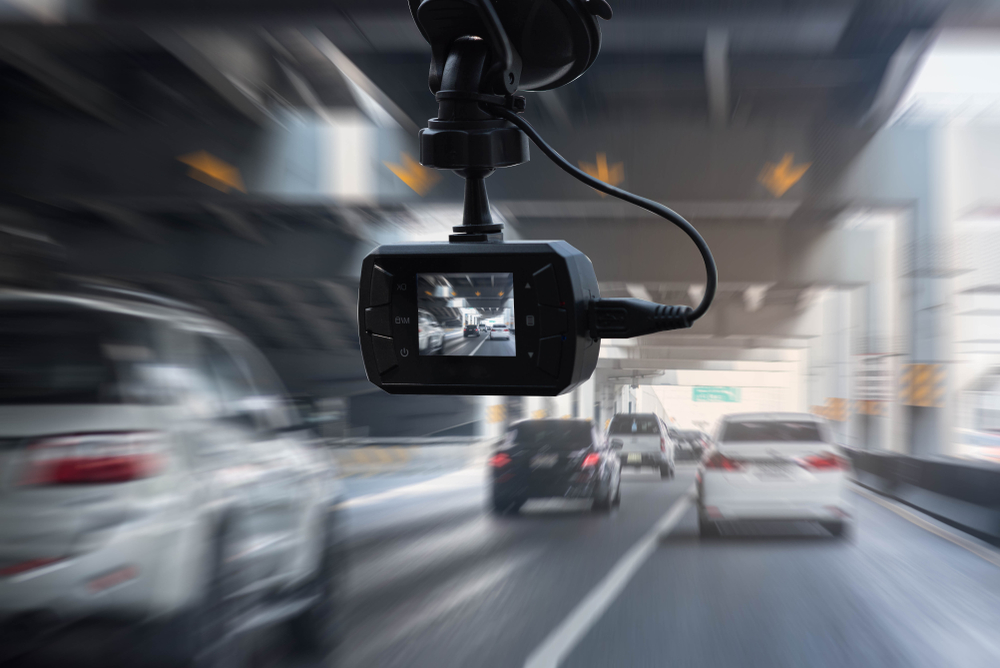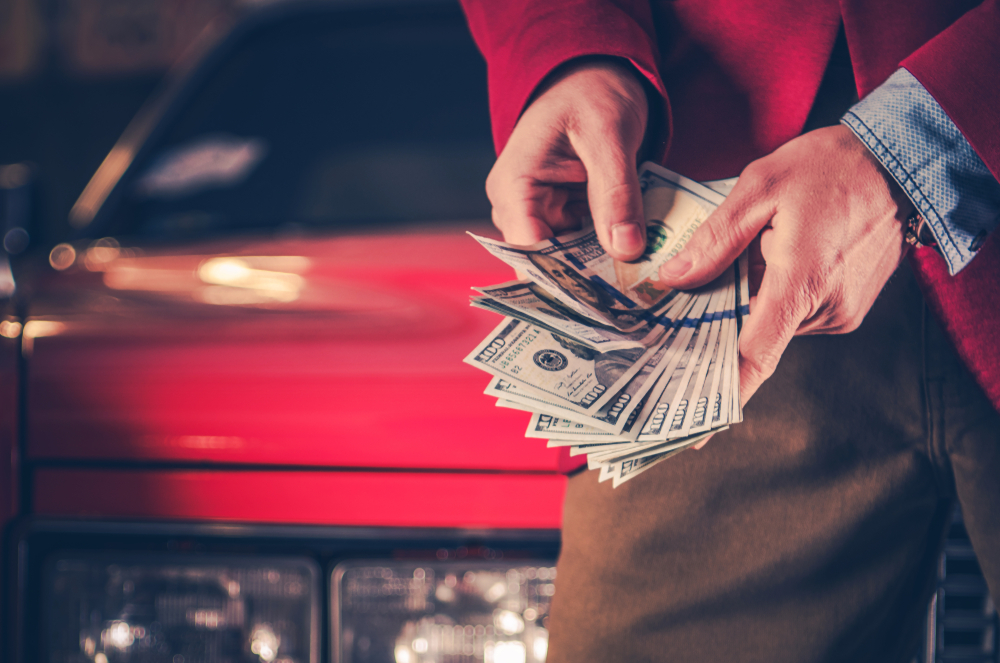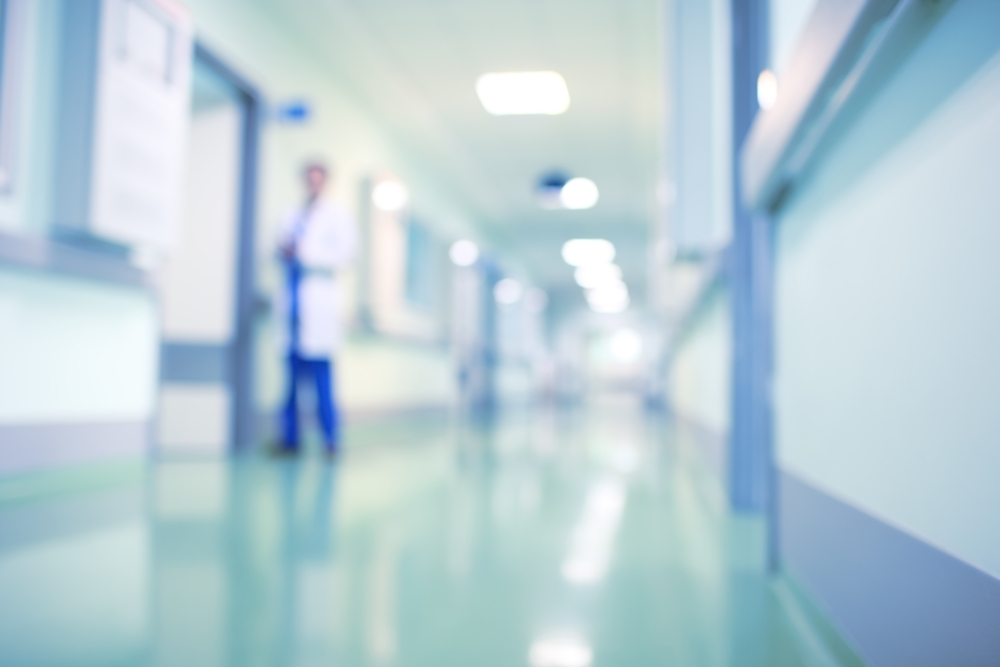The Importance of Dash Cam Evidence in Car Accident Claims
If you've been involved in a car accident, you may be wondering how to best protect your rights and interests in the aftermath. One effective tool that you can use is dash cam evidence, which can provide valuable documentation of what happened during the accident. Here's a closer look at how dash cam evidence can be used in your car accident claim, and how to ensure that it is collected and used effectively. What is Dash Cam Evidence? A dash cam is a camera that is mounted on the dashboard or windshield of your car, and it records video footage while you are driving. Dash cams are becoming increasingly popular among drivers, as they can provide valuable evidence in the event of an accident. Dash cam footage can show what happened leading up to the accident, as well as the actual collision and its aftermath. How Can Dash Cam Evidence Help My Car Accident Claim? If you've been involved in a car accident, you may be wondering how to prove that you were not at fault. Dash cam footage can be a powerful tool for demonstrating what happened during the accident. For example, if the other driver was texting while driving or was behaving recklessly, the dash cam footage can show this. In addition, dash cam footage can also help to establish the speed of the vehicles involved in the accident, as well as the weather and road conditions at the time of the collision. Collecting Dash Cam Evidence If you have a dash cam installed in your car, it's important to make sure that the footage is collected and preserved after the accident. Here are a few steps you can take to ensure that [...]






